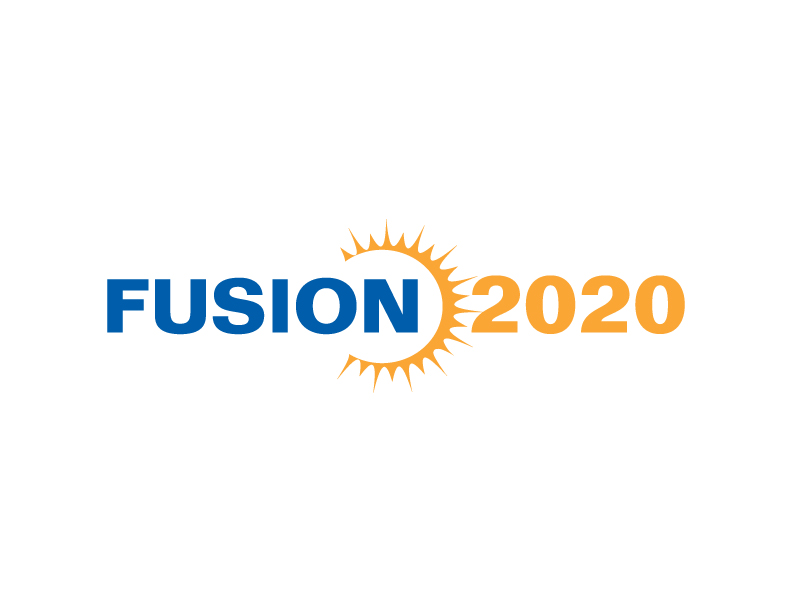
Giant Laser Needs a Revamp to Achieve Nuclear Fusion
Although the National Ignition Facility (NIF) missed a deadline to achieve ignition, it has been given some recommendations to continue its work in trying to produce energy from nuclear fusion. The NIF project is a large laser that is aimed upon a hydrogen target that creates heat and pressure to reach ignition, which is the point at which a nuclear fusion reaction produces more energy than was needed to start off. While the laser succeeded in surpassing the energy levels needed for ignition, it could not achieve the pressure necessary to induce ignition. Instead of scrapping the project, the National Research Council has offered several recommendations for the NIF, such as using a different type of laser and firing heavy ions from a particle accelerator. From the article:
Until we know why NIF fell short, the panel recommends trying out other options, such as shifting to a different type of laser. For instance, firing an electron beam through a mixture of krypton and fluorine produces bright laser pulses at a shorter wavelength. This technology is less mature, but if it works it could implode the targets more uniformly than NIF’s lasers. Developers might also try changing the target. NIF was designed to fire its lasers at a metal cylinder because this was thought to be the best way to spread compression energy evenly over the hydrogen ball. But new optical techniques have fired laser pulses directly at the hydrogen and still seen uniform compression. The panel wants to test this technique at NIF’s energy levels.
To read the full article, click here.






